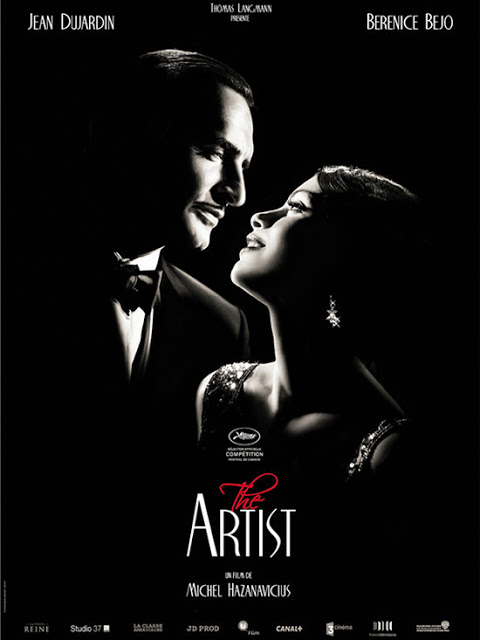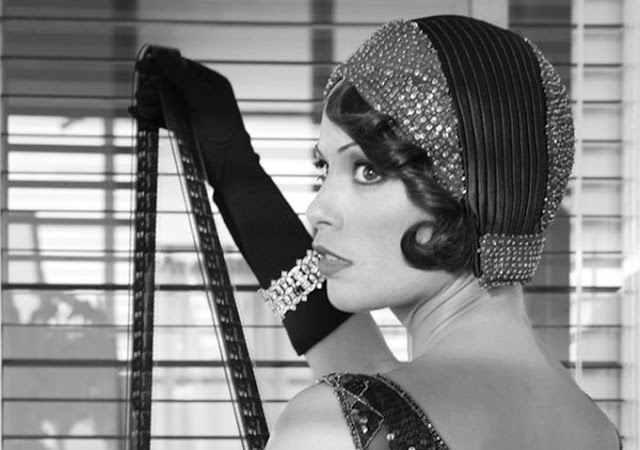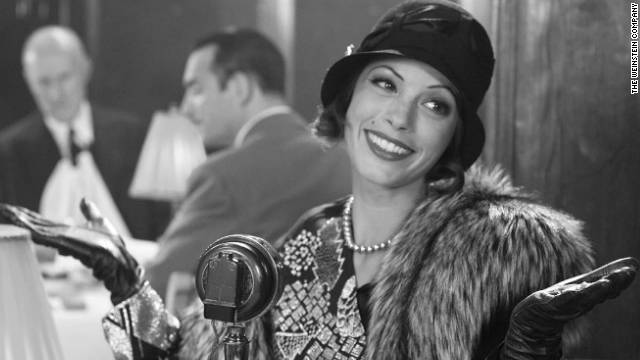 |
| Jamie Lynne Grumet on Time |
Recently there’s been major hullabaloo about Jamie Lynne Grumet, the 26-year-old California mom who proudly posed on the cover of Time magazine breastfeeding her 3-year-old son. Ridiculed, condemned and completely unorthodox, this shocking image continues to reverberate across the globe.
A similar effigy from the 1976 film Carrie has lingered in our minds for more than three decades. It’s near the end of the movie, when religious momster Margaret White (Piper Laurie) is at the end of her rope trying to jam some fundamentalist sense in her terribly feeble-minded teenage daughter, Carrie (Sissy Spacek).
For several minutes she’s imploring one strict value after the next on Carrie, desperately teaching her to repent for the sin she has committed. But when her daughter needs her the most, she is knee-deep in a sermon trying to shelter her from all the evil in the world. In a fit of rage, her telekinetic daughter mind-hurls several knives at her, stapling her to the wall in a perfect crucifixion. Her head tilted to her right in blissful silence.
“I should’ve killed myself when he put it in me…. I should’ve given you to God when you were born, but I was weak and backsliding, and now the devil has come home.”
 |
| A crucified Mrs. White |
One could discern that Mrs. White was taken out of her misery, which enveloped her throughout her adult life and suffocated her maternal instincts. Or did it?
Often times we are quick to judge parents—especially mothers—whose values and beliefs differ from our own. We deify figures like Angelina Jolie as Mother Theresa or sacrifice them as we do both Jamie and Margaret. But both sides have their own story, and they both think they’re right.
On the surface, it’s so easy to criticize Margaret. But there is something so inherently evil yet desperately loving about Laurie’s pitch-perfect performance of the religion-stricken single mother. You know she wants what she thinks is best for her child, like all great mothers do. But she’s too terrified—or terrifying?—to really consider what she’s saying. She wanted Carrie to be God-fearing, like herself. She wanted her to not suffer the tainted feeling of self-disgust with which she was burdened every day. In essence, she wanted her daughter’s life to be better than her own, by not making the same mistakes she did.
But when Mrs. White saw her daughter developing breasts and getting her period, and even receiving interest to attend the prom, her maternal preference overwhelmed her. She had to intervene before her Carrie ended up shameful, deflowered and ungodly like she had become. It was imperative.
 |
| Sissy Spacek and Piper Laurie in Carrie |
However, she could never really convey her true intentions to Carrie. It was always about what Carrie shouldn’t be doing, even when Carrie herself couldn’t fully comprehend the course her life was taking. It was always about repenting, while never examining what the repenting was for.
Meanwhile, Carrie is relentlessly teased in her school for her extraordinary innocence, and became the object of a vicious stunt that escalated beyond both her and the perpetrators’ most barbaric imaginations. Her fate at school is exacerbated when news gets around about what her mother is like. While her mother’s behavior minimally explains the way Carrie is, it doesn’t end antagonistic remarks of her peers. They don’t understand why neither Carrie nor her mother are the way they are, but they do know that they must be against it.
It’s not until Carrie realizes that there’s something gravely askew about her mother’s parental guidance—really on account of her peers’ reaction to her mien—when the position of her mother’s stance becomes horribly acute. Margaret’s unusual parenting style made sense for a long while, before it was held under the light and scrutinized by those on the outside, and before Carrie knew well enough to attempt to break away from it. That was the precise time when Margaret discovered that her daughter had become the person she tried to prevent all these years, and that her long-time fear had finally come to fruition.
“All the kids think I’m funny, and I don’t wanna be. I wanna be normal…. a whole person, before it’s too late for me to –“ [Margaret throws tea on her face, Carrie wipes it off].
 |
| Piper Laurie as Margaret White |
Laurie’s perfect portrayal of a mother obsessed with her own ideals is mesmerizing to watch unfold. She’s like a pressure-cooker that slowly percolates until she eventually boils over and quietly explodes by the end of the movie. But she never loses her cool; she barely offers any inflection in her voice. She’s calm but deliberate. It’s the very thing which unsettles you when you watch her onscreen. You know her heart is in the right place, and that she—like most good mothers—just want her daughter to grow up better than how she saw the rest of the world.
But once her fear overpowered her rationale, once her masked hysteria was put on full blast through the halls of her daughter’s high school, she became victimized by her own steeple of values. She became the monster that you delighted in only when she was sacrificed for the greater good.
Clearly Margaret is not without her faults. As stated before, she wouldn’t impose these atypical morals on her daughter if she didn’t truly believe them to be right. That’s why we see her preaching the message around the neighborhood, to even parents of Carrie’s peers—she sees nothing wrong in what she does, but everything amoral about what everyone else does, which ultimately makes her out to be a frightening proselytizer when all she wants to do is protect them. When she can’t convince others to see her view, she is comfortable knowing that her daughter will at least be saved from the fires of hell.
But by then it’s too late. Her daughter had been influenced by the kids at school, who nominated themselves as judge and jury in the case of Margaret White versus everyone else.
Whatever you think about the way in which other mothers choose to parent their children—and Lord knows some of them are real head-scratchers—is it ever okay for us to impart our notion of right and wrong on them? I wonder how Margaret would have fared if she was on the cover of Time with the cover line, Pimples are the Lord’s way of chastising you.
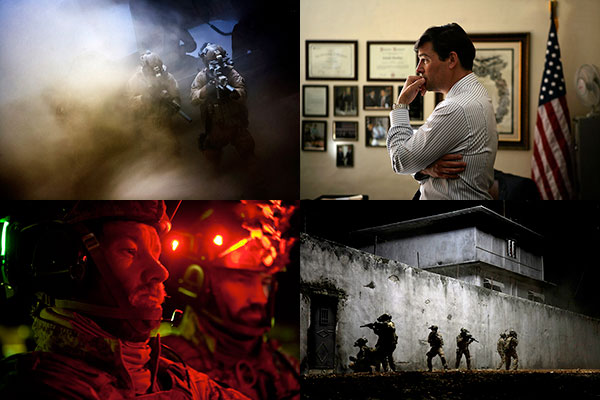
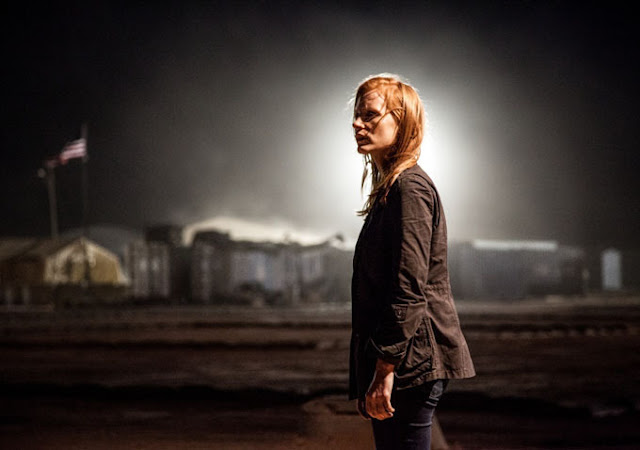
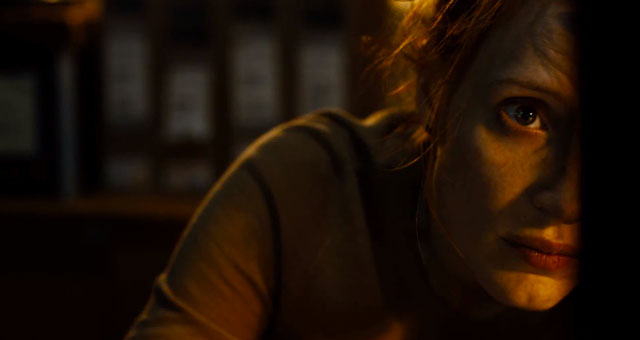

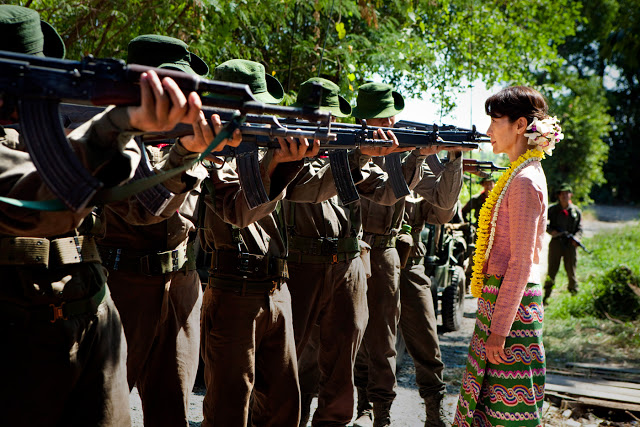


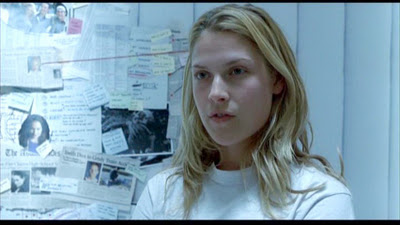

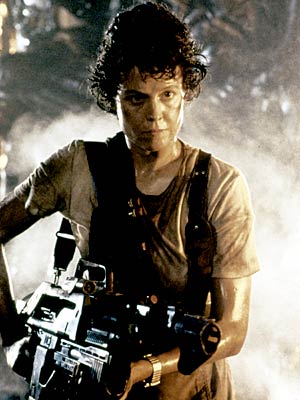

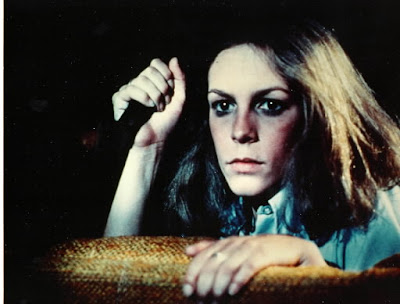
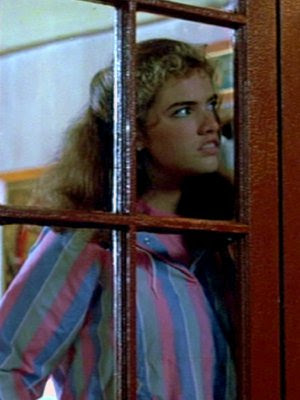
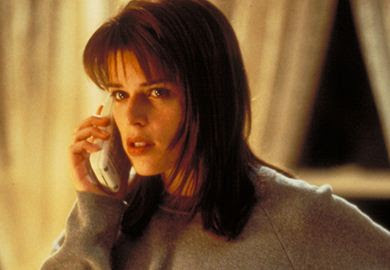
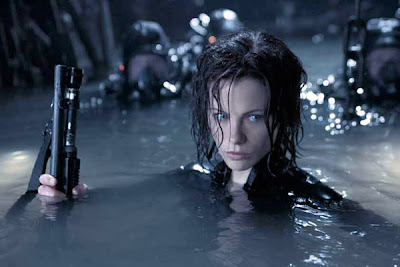
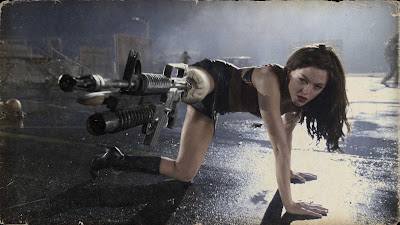










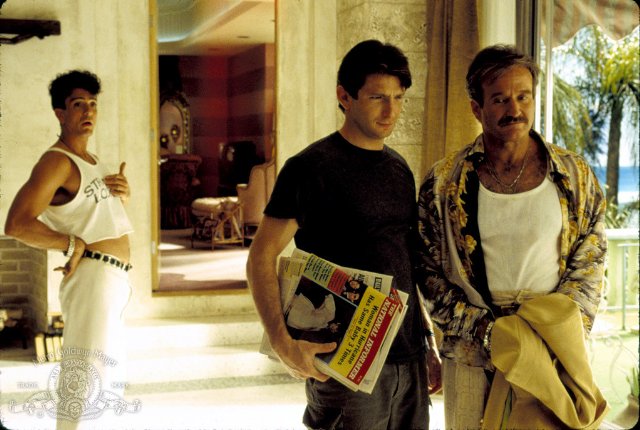
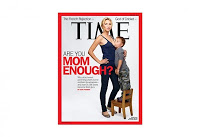





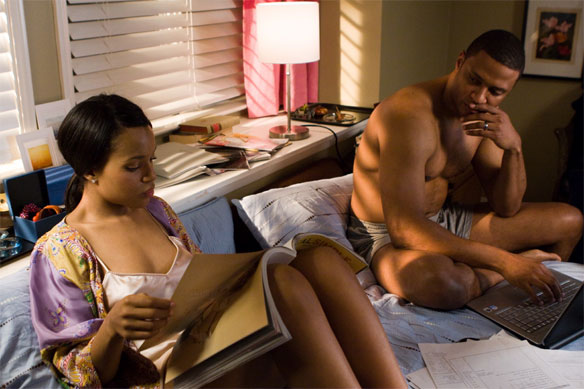





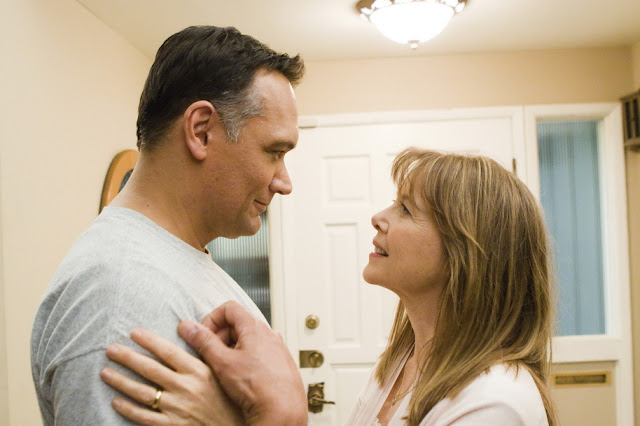
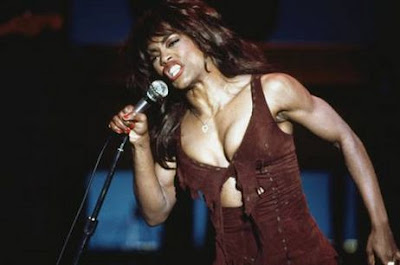
.jpg)


